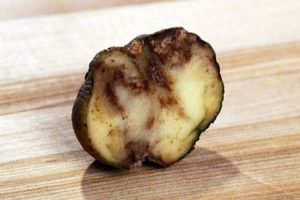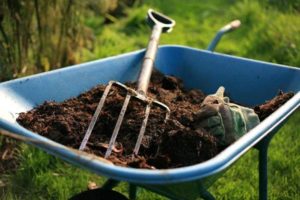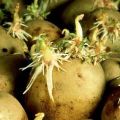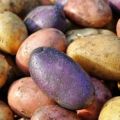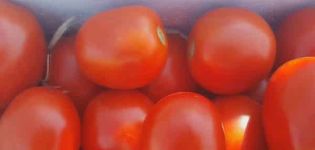Description of potato varieties Forty days, growing, when to dig
Potatoes Sorokodnevka - so it is customary to call ultra-early varieties that are ready for use on the 40th day from the moment of planting. The first potato is considered the most delicious, and young tubers are not as fragrant as late ones. The development of ultra-early ripening varieties is associated with a short period of heat in some regions of Russia, as a result of which the harvest of vegetables does not have time to reach maturity.
Description of the variety
The growing season of ultra-early potatoes is about 40 days, with minor deviations.
A brief description of the most common varieties:
- Alyona. Tubers weighing from 100 to 160 g are covered with a pink rind, which hides white flesh with a medium starch content.
- Scarlet. Starchy roots weighing 150 g have yellow flesh. The variety is not affected by bacteria and viruses.
- Impala. Early ripe oval tubers of white color, increased starchiness.
- Strong guy. Light yellow potatoes reach a weight of 140 g.
- Kholmogorsky. The variety is intended for processing, not for storage. Bulbs weighing 110–130 g have an early ripening period.
- Lapis lazuli. Potatoes with a yellowish-creamy, tasty pulp and weighing one root vegetable 130-150 g.
- Caprice. Round tubers with dense white pulp and rich taste, weighing up to 150 g. Nematode resistant variety.
- Ariel. The ultra-early ripening of 135 g oval tubers allows for replanting. Not afraid of phytophthora.
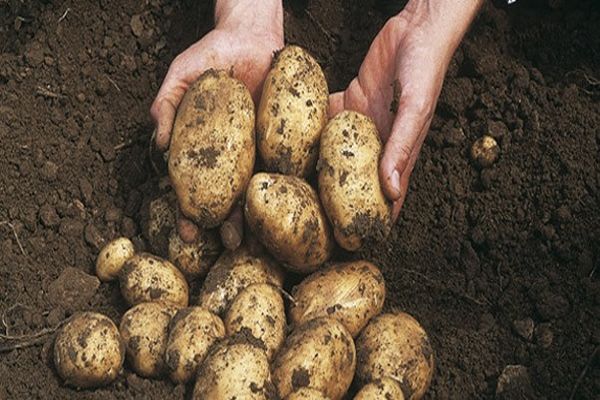
- Prior. High-yielding hybrid Dutch potato with early fruit formation weighing 120 g.
- Spring. It is recommended to deep-fry oblong pink root vegetables weighing 150 g.
- Leader. Medium-sized tubers - up to 120 g, rich yellow, not infested with scab.
- Romano. White forty-day potatoes of Dutch origin grow to 160 g.
- Early maturing. Light creamy pulp. Weight up to 110 g. Resistance to late blight.
- Zhukovsky. Small size: 80–120 g. Pink-violet color of the peel, firm flesh, starchy.
- Kamensky. Smooth small fruits weighing 110–130 g are for commercial purposes. The variety is unattractive to the Colorado potato beetle.
- Luck. White tubers are not subject to decay. Average size, weight up to 130 g.
Growing
The forty-day potato variety has an accelerated growing season, so the soil for planting must be prepared in April.
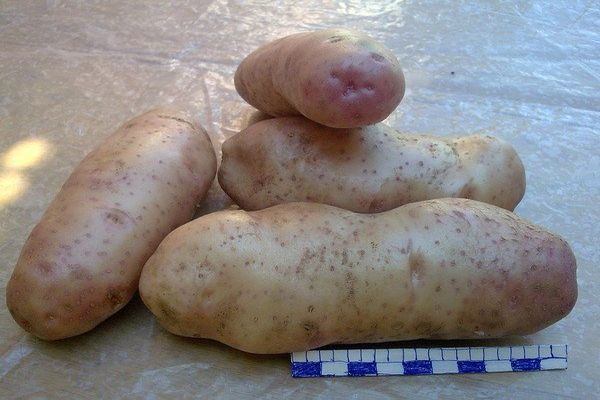
Do not rush to place root crops in open ground, as they do not tolerate frost well. If an early variety is planted in May, harvesting can begin in June.
The measures for the preparation of the site for planting potatoes include the introduction of humus and digging of the earth.
Early-ripening forty-day potatoes love such predecessors as cereals, pumpkin seeds, legumes, parsley, dill, but does not tolerate nightshades.
On the site, rows are formed with an interval of 70-80 cm, inside which holes are dug, deepened by 8 cm, with a distance of 30 cm between them.
Care features
In late April - early May, when the weather is warm, you can plant the seeds of early potatoes in the ground, subject to simple rules:
- Harden the planting material by exposure in the open air for three days.
- Place the root vegetables in the holes one at a time.
- Cover with fertile soil 3 cm thick.
- Watering the plantings is not required, since the spring soil is saturated with moisture.
- Sprouting is slow due to cold weather. Two weeks after emergence, the soil is loosened.
- When there is a risk of night frost, the ridges are covered with foil or spunbond.
- Hilling and feeding the vegetable is required when the sprouts form at least six leaves.
- Regular removal of weeds that take away young potatoes useful material. It's not so scary after the bushes bloom.
- Three weeks after planting, a second top dressing is carried out, mainly with nitrophobic, and hilling.
Advantages and disadvantages
Positive characteristic of the variety:
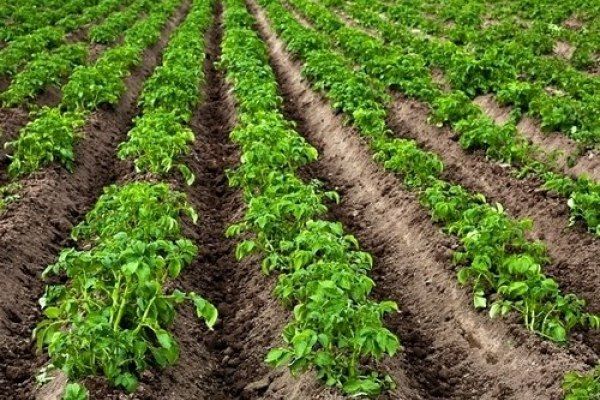
- Ultra early maturation.
- Delicious tubers.
- Stable yield.
- Unpretentious care.
- Drought resistance.
- Non-exposure to temperature extremes.
- The universal purpose of root crops.
- Long-term preservation of the properties of the seed.
- Resistant to common potato diseases.
For all its merits, forty-day varieties are not free from disadvantages. For example, a short shelf life and a thin skin, because of which you only have to dig out the tubers by hand.
Diseases and harmful insects
It is advisable to pickle the seeds before planting, despite the resistance to viral diseases, cancer, scab, and golden nematode.
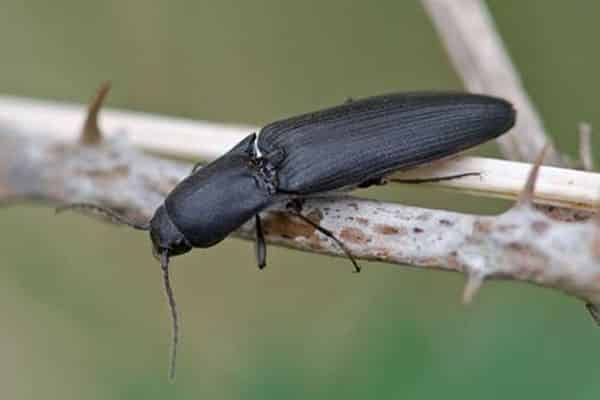
Disease protection and increased yields are achieved by growing forty-day potatoes in different parts of the site.
There is a danger of attacking young plants:
- Aphids. The underside of the leaves can be strewn with hordes of insects that release toxins, due to which the shape of the plant's organs changes. Foliage curl, buds dry out, flowers curl. The infected crop does not form a tuber. Yellow spots and a mesh may form on the leaves. They do not receive sufficient lighting, become polluted, and pick up black sooty fungus. Affected sprouts weaken and freeze in cold weather. Some species of aphids form ulcers and tumors on seedlings. A plant infected with aphids is susceptible to more than ten viral diseases.
- Wireworm. Beetles eat the roots of plants, make moves in the fruit, which leads to a loss of presentation and a decrease in the defenses against pathogens and rot. The wireworm can attack the tubers immediately after planting and penetrate deeply, easily gnawing through the thin skin. That is why potatoes acquire an ugly surface, rot and deteriorate from the inside. Young root vegetables are to the taste of the larvae of the insect pest. Thus, potato harvest can be destroyed in the bud.
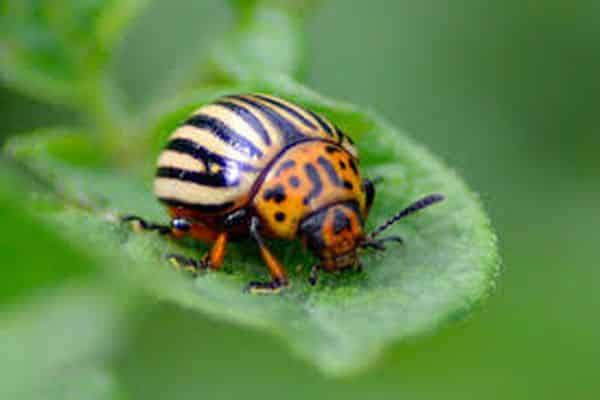
- Colorado potato beetle. If the weather is warm, insect larvae appear at the end of May. For early ripening crops, they no longer pose a threat, since only 2-3 weeks remain before ripening. However, insects can infect later potato varieties, so it is best to get rid of the pests. In a small area, the area is collected by hand larvae and adults, always paying attention to the underside of the leaves.Large plantations need to apply chemicals no later than two weeks before digging potatoes... The Colorado potato beetle does not attack some varieties of the Magpie, if possible, it is advisable to purchase such seed.
Prevention of the appearance of pests on potatoes is a timely weeding and harvesting of weeds outside the garden.
Large-scale lesions require the use of insecticides, the treatment with which must be carried out before the flowering of the bushes. Effective remedies for the Colorado potato beetle: Commander, Regent, Lightning, Apache, Corado.
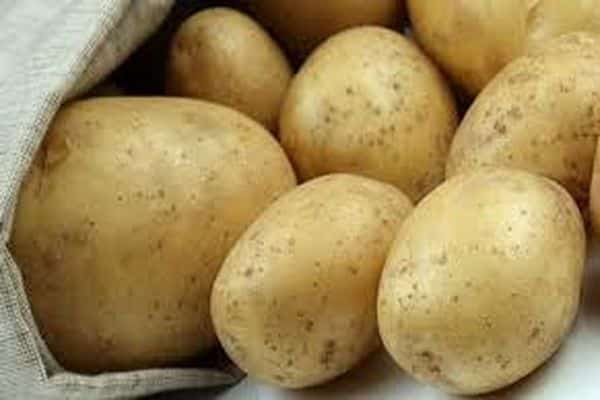
Harvesting and storage
Already at the beginning of June, the tops of potatoes acquire a rich green color and spreading. Despite the fully matured appearance, you should prepare for harvesting after 10 days - not earlier than mid-June.
Bushes intended for sowing seeds for the next season remain unharvested.
Cleaning is done in two ways:
- Traditional. The bush is pulled out, roots are collected from it and from the soil.
- Protracted. Without pulling out the plants, large potatoes break away from the plant, and small ones remain to ripen and gain weight. Within 2-3 weeks, the fruits will grow up and double the yield.
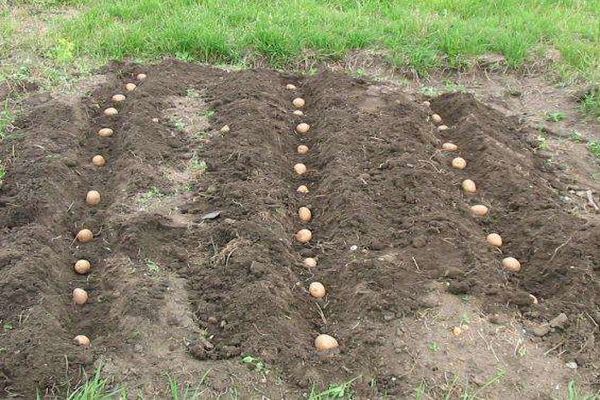
The 40-day potato varieties are primarily intended for short-term food use. Recycling should be carried out literally immediately after collection. After a couple of weeks, the skin of the tuber will be difficult to peel, the roots will begin to wither and rot.
Potatoes left in the garden for the purpose of obtaining seeds are dug out at the end of June and stored in a dry room with ventilation. During ripening, the skin of the potato becomes firm.
In ultra-early varieties of potatoes, fruiting and harvesting occurs within a month. The vacated space is used for sowing green crops, lettuce. In regions with a warm climate, they manage to harvest an additional crop of Forty days.
